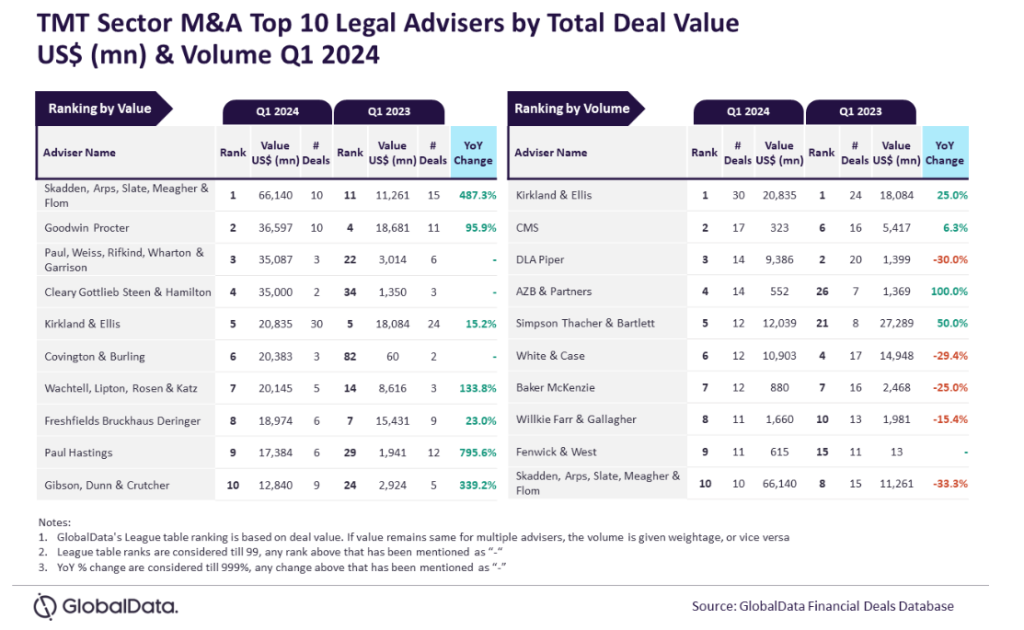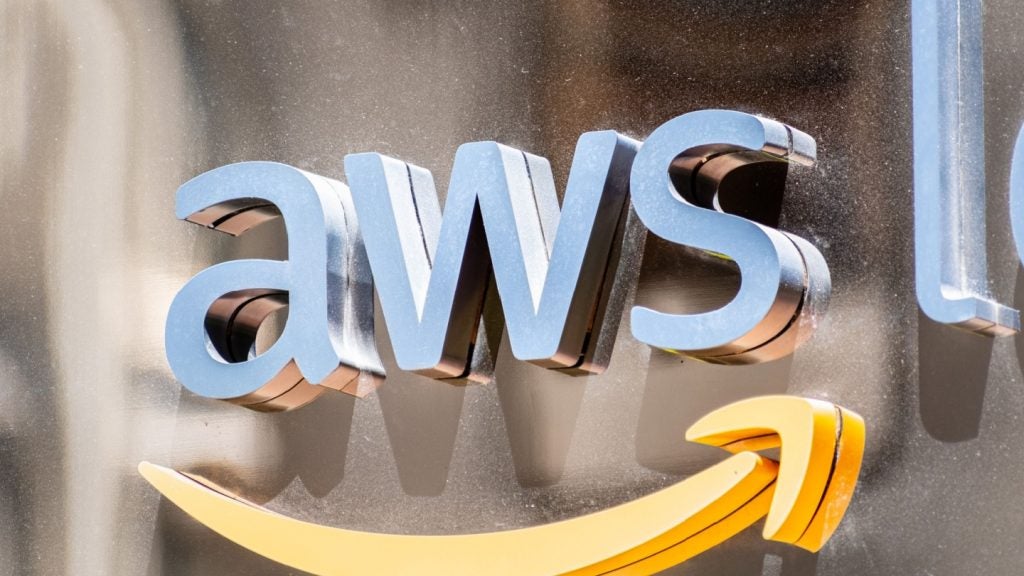
The world’s biggest sovereign wealth fund, based in Norway, has revealed it is considering divesting its investments in oil and gas.
Norway’s central bank, Norges Bank, has recommended removing the stocks for the fund’s index, in order to protect the government’s wealth and make it less vulnerable to changes in oil and gas prices.
In its position as the world’s largest equity investor, this is a really big moment for the oil and gas sector. It could have implications beyond this.
These are the top five sovereign weal funds according to the Sovereign Wealth Fund Institute.
1. Norway: Government Pension Fund
Assets: $998.93bn
Inception: 1990
How well do you really know your competitors?
Access the most comprehensive Company Profiles on the market, powered by GlobalData. Save hours of research. Gain competitive edge.

Thank you!
Your download email will arrive shortly
Not ready to buy yet? Download a free sample
We are confident about the unique quality of our Company Profiles. However, we want you to make the most beneficial decision for your business, so we offer a free sample that you can download by submitting the below form
By GlobalDataThe NGPF as its commonly known hit $1trn in wealth earlier this year, making it the biggest sovereign wealth fund in the world. It has managed to reach such heights thanks to Norway making so much money from oil that can be put into the fund.
The NGPF owns $667bn worth of shares in over 9,000 companies globally. It reports that its largest holdings come from tech companies: in the likes of Apple, Google’s parent company Alphabet, Microsoft, and the pharmaceutical Novartis.
What is interesting about NGPF is that it has three main responsibilities for when it’s investing in companies: climate change, children’s rights, and water management.
Regarding climate change, NGPF says:
“Climate outcomes may affect company and portfolio return over time. To reduce future risk and increase opportunities, Norges Bank Investment Management has an interest in well-functioning carbon markets and other measures that may contribute to an efficient transition to a low-emissions economy.
“We expect companies to address climate change in a manner meaningful to their operations.”
Considering the fund is divesting from oil and gas stocks, it is interesting that this reasoning wasn’t given as climate change, of which many oil and gas companies are accused of causing.
2. United Arab Emirates: Abu Dhabi Investment Authority
Assets: $828bn
Inception: 1976
This year, AIDA became the first institutional investor in India’s National Investment and Infrastructure Fund (NIIF), contributing $1bn. The fund is going to be used to for infrastructure development projects across India.
It is known as one of the most active foreign investors in India, deploying funds in equities, real estate, and private equity. The top five companies that AIDA has invested the most in are all in India, according to TrendLyne. These are: car manufacturer Maruti Suzuki; Jubilant FoodWorks, which owns the franchises for Domino’s Pizza and Dunkin’ Donuts in India; commercial vehicle finance company Shiram Transport Finance; Grasim Industries, a building materials company; and CESC Limited, the electricity company.
3. China: China Investment Corporation
Assets: $813.8bn
Inception: 2007
China’s sovereign wealth fund, the China Investment Corporation (CIC) is the only non-commodity fund out of the top five. The fund, which celebrated its 10-year anniversary recently, is going to start investing more in the US, thanks to a partnership with Goldman Sachs.
Named the Cooperation Fund, both CIC and Goldman have contributed $5bn which will be used to invest in American companies. The CIC is also looking to step up investments in later-stage startups.
Earlier this year, it invested $100m in Airbnb in a funding round which valued the startup at more than $30bn.
4. Kuwait: Kuwait Investment Authority
Assets: $524bn (estimated)
Inception: 1953
Kuwait’s sovereign fund, the Kuwait Investment Authority (KIA) is known for being very secretive. KIA is the oldest of the established sovereign funds and refuses to reveal how much it holds in assets, though the SWF Institute believes it’s around $524bn.
This figure is estimated to be more than four times the size of Kuwait’s GPD, which is very good for Kuwait.
The fund has two pots. One is the General Reserves Fund (GRF) which is invested in Kuwait and throughout the Middle East and North Africa. The other pot is the Future Generations Fund (FGF) which is invested abroad in bonds, private equity, and real estate infrastructure.
5. Saudi Arabia: SAMA Foreign Holdings
Assets: $514bn
Inception: 1952
Saudi Arabia’s sovereign wealth fund is thought to be equally secretive. It comes out of the country’s central bank, the Saudi Arabian Monetary Agency (SAMA).
According to Reuters, the assets owned by SAMA are handled by global fund firms. It mainly takes the form of securities like bonds, whilst equities are thought to be around 20 percent of the securities holdings.
However, Saudi Arabia also has its Public Investment Fund (PIF). This has been making waves recently, thanks to its partnership with SoftBank’s $100bn Vision Fund. This will also explain why SoftBank is planning to invest up to $15bn in NEOM, Saudi Arabia’s future high-tech city.







